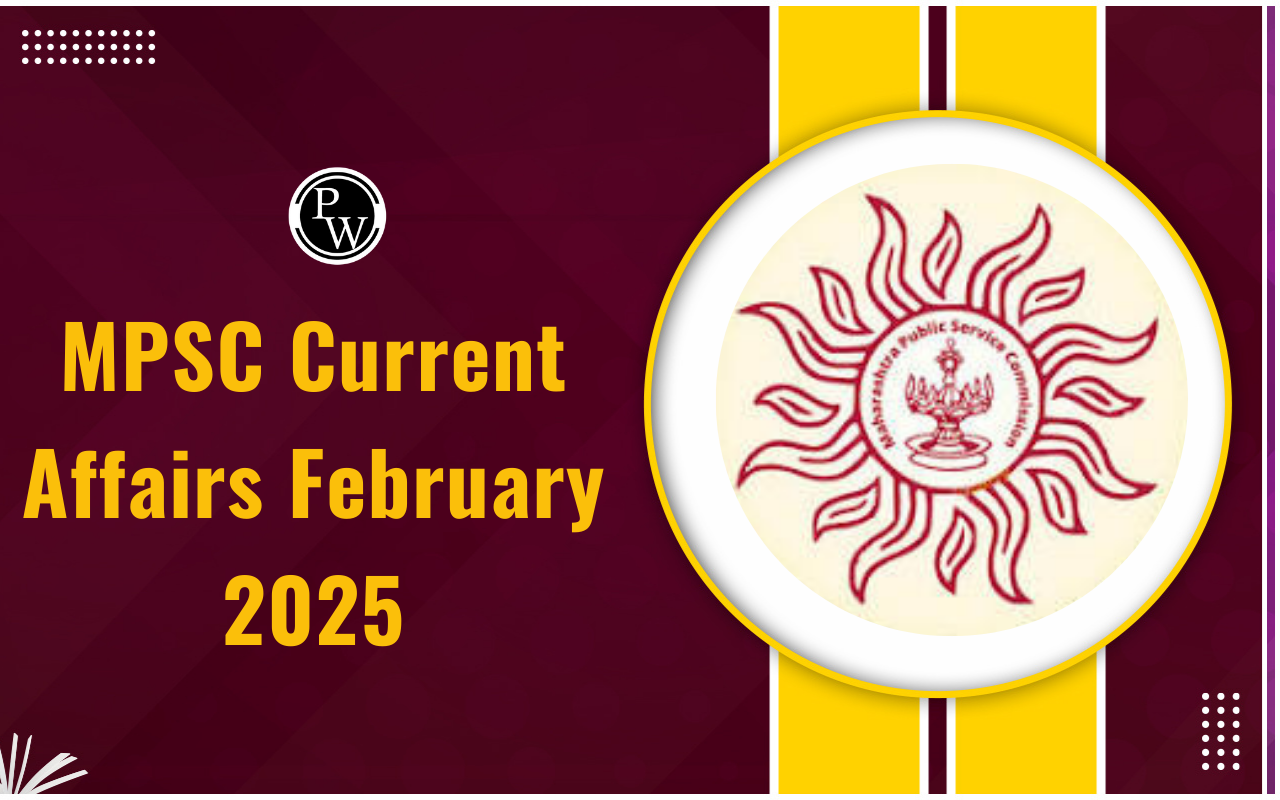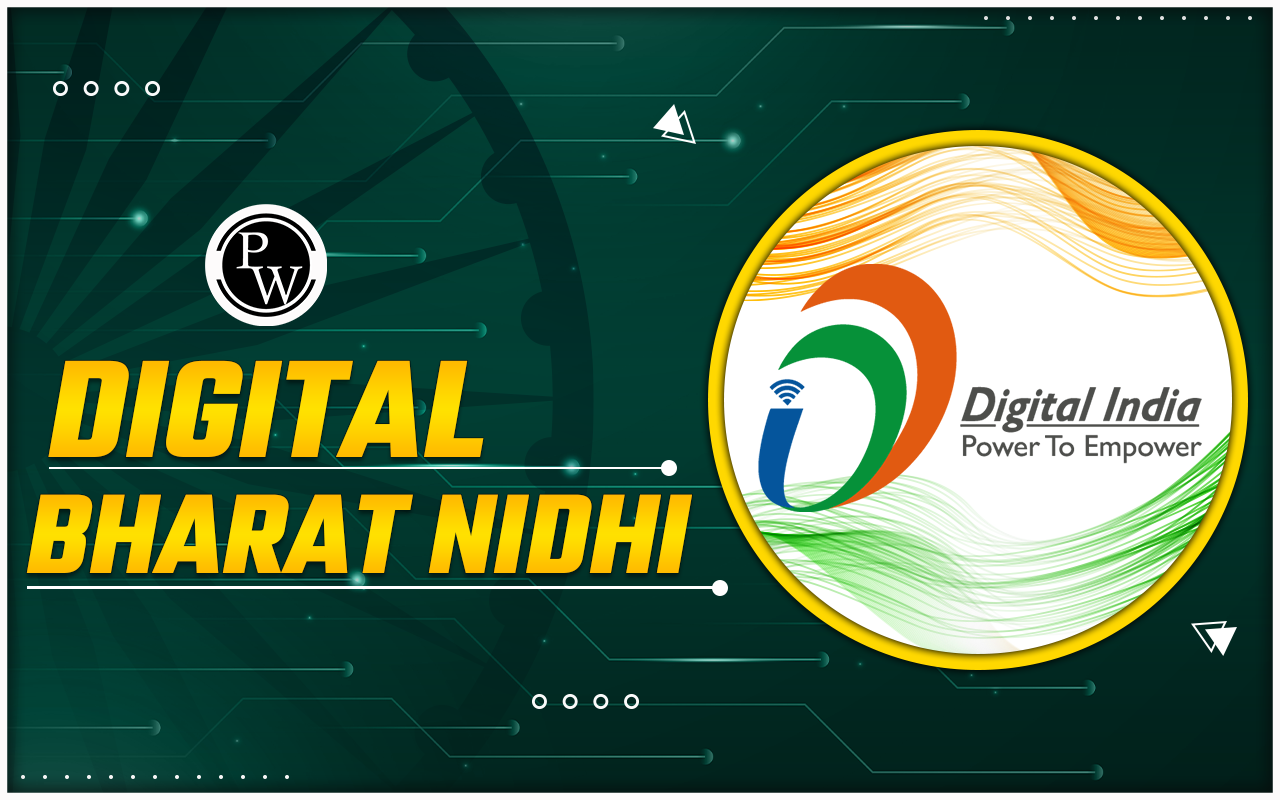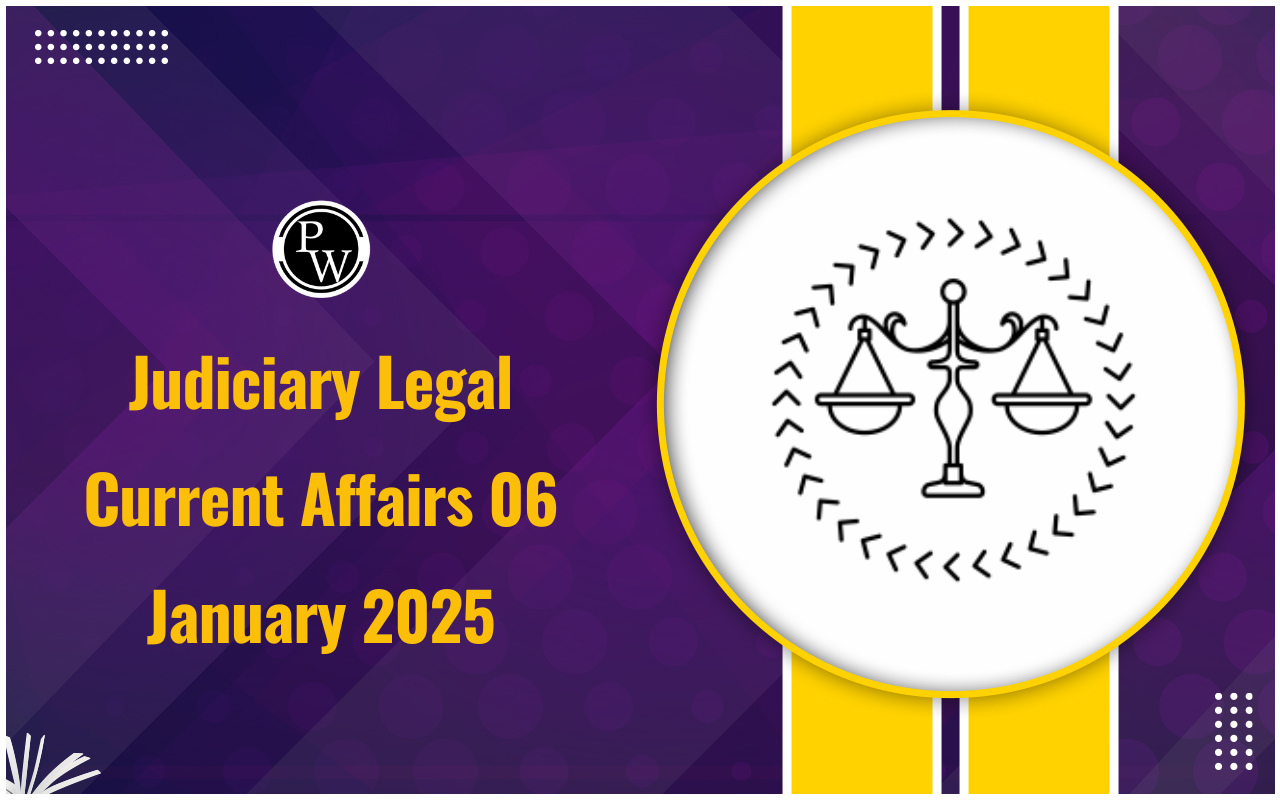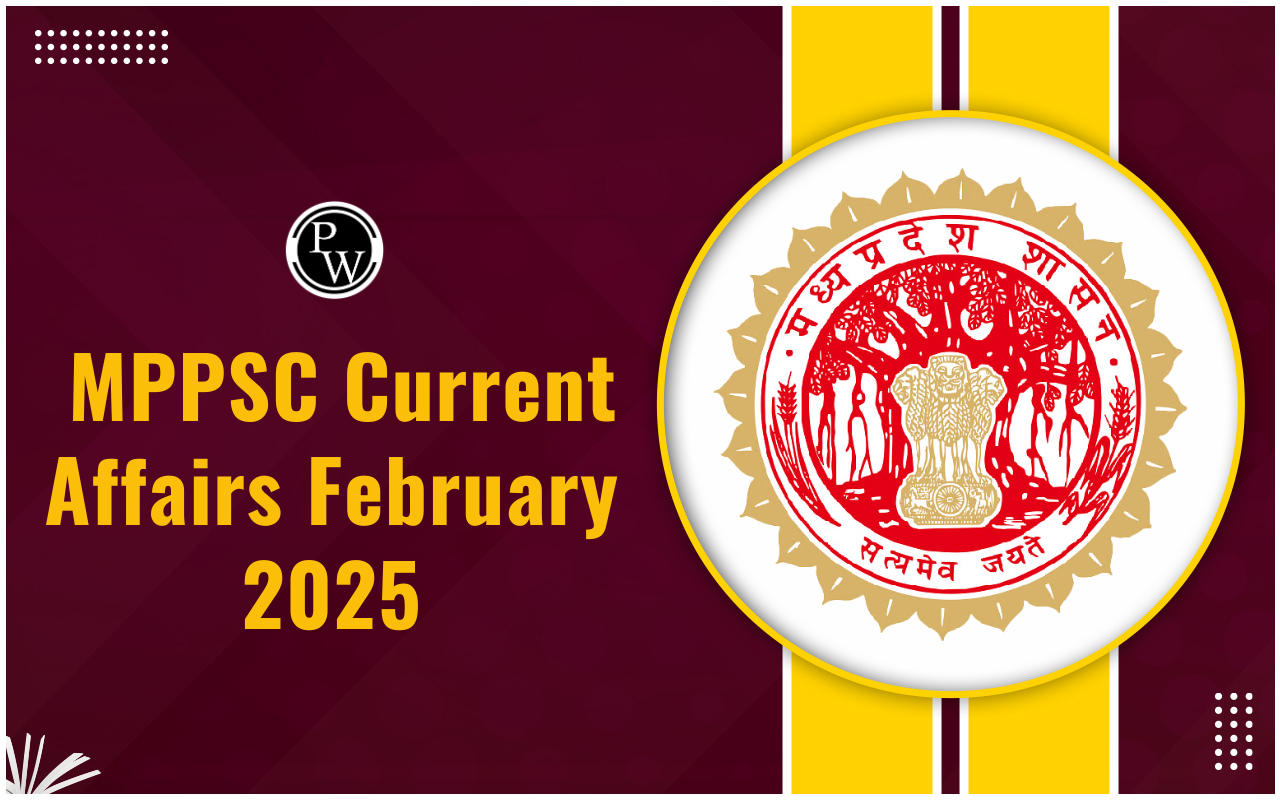
Coins and Other Documents of Harappan Civilization: The Harappan Civilization, also known as the Indus Valley Civilization, flourished around 2600-1900 BCE, representing one of the earliest urban societies in the world. It was known for its remarkable urban planning and structured cities. These cities served as hubs for trade and commerce, facilitated by the civilization's extensive network of river systems, notably the Indus River. While impressive cities and intricate seals offer glimpses into their lives, a crucial absence – physical currency or documents – necessitates alternative approaches to understanding their socioeconomic systems.
Coins and Documents of Harappan Civilization
The Harappan Civilization, a sophisticated society over 4,000 years ago, developed a thriving economy without coins, unlike Mesopotamia or Egypt. Their cities showcase impressive architecture and intricate artwork, hinting at a well-developed society. Understanding the Harappan economy without coins promises a fascinating journey.Importance of Coins
The coins have great significance because of their value in any kind of transaction since ancient times till the present day:- Coins provide historians and archaeologists insights into the political systems, beliefs in religion, and technological advancements of ancient societies, acting as a kind of Stone of Knowledge.
- The Harappan Civilization, despite impressive urban development and social organization, lacks a physical currency , necessitating alternative approaches to understanding its economy.
- They act as a standardized unit of exchange , a common language for trade, and can reconstruct goods flow, trade networks, and potential taxation systems.
Coins of Harappan Civilization: Alternative Exchange Systems
The finding of Harappan artifacts in far areas raises concerns regarding financial systems, debt records, and promissory notes because it implies long-distance networks. Even after such cool and advanced urban planning structures and ideas, the Harappan cities didn't have a system of coins, rather they had different ways to deal with their economy: Barter: They might have swapped things directly, like grain for tools. Special weights found at Harappan sites suggest they made sure everyone got a fair deal. Trusty Credit: Maybe they traded on a promise to pay later, like an ancient system. This could explain their long-distance trade with faraway places. Special Goods equal to Money: Perhaps some things, like grain or a specific type of metal, acted like money. Everyone agreed these were valuable and used them for trade. What clever traders the Harappans were, even without currency! They demonstrated how individuals can be resources by figuring out how to make their economy function.Other Documents: Seals and Tablets Harappan Civilization
The seals and tablets of the Harappan Civilization provide information about its economic and administrative procedures. These items, which carry elaborate Indus script inscriptions, were probably used for trade, ownership marking, and product authentication. Their extensive finding throughout Harappan sites emphasizes their importance to the daily activities and social structure of the society.Archaeological Findings of Seal and Tablets
Archaeological excavations across numerous Harappan sites have unearthed a significant number of seals and tablets, shedding light on the intricate administrative and economic systems of the civilization. Harappa and Mohenjo-Daro: These ancient cities are home to thousands of seals that are engraved with animals and Indus script. Dholavira : Large Indus script inscriptions on stone that show written communications in official and public settings. Lothal : Seals associated with the city's status as a commercial hub are frequently spotted close to dockyards and warehouses. Chanhudaro : The discovery of seals suggests specialized manufacture and a variety of themes suggests regular yet varied Harappan administrative instruments.Significance of Findings
- Tablets and seals provide insight into complex administrative procedures.
- Symbols hint at a complex system of trade, taxes, and inventory control.
- Seals reflect religious and cultural ideas.
- Symbols of gods or sceneries from rituals that suggest religious or ceremonial settings.
Analysis and Interpretation of Findings in Harappan Civilization
More than 400 unique symbols and characters may be found in the Harappan script, which is written on tablets, seals, and ceramics. Even after a thorough investigation, the short inscriptions—five to six characters—indicate a sophisticated, varied language. The consistency of the writing points to a standardized administrative and religious communication system. Composition of findings : Seals and coins with a copper foundation typically demonstrate knowledge of business dealings. Icons and Symbols: Decorative icons and symbols on coins and seals may show evidence of cultural ideals or financial metrics. Distribution Patterns : Information on trade networks, economic hubs, and regional connectivity can be gleaned from patterns in the distribution of coins and seals among Harappan sites. Inscriptions and Script : Linguistic study can be done on seals and tablets, and more research is prompted by the Indus script. Contextual Interpretation : Gaining an understanding of the archaeological background of coin and document discoveries aids in the interpretation of their relevance to daily life and governance among the Harappans. Comparative Studies : Research on civilizations can reveal information about trade connections, technical advancements, and cultural interchange.Trade and Economic Systems of Harappan Civilizations
These points below collectively illustrate the integral role of trade networks, currency, documentation, and economic systems in shaping the Harappan civilization's prosperity and influence within regional and international trade networks. Sourcing of Raw Materials: An examination of raw materials reveals trading ties to Central Asia and Afghanistan. Marine Trade: There is proof of marine trade between Mesopotamia and the Persian Gulf. Coins and Documents in Trade: An ordered economic system and easier trade were two benefits of standardized currency. Economic Practices and Systems : Administrative control, craft specialization, and agricultural surplus all allude to the regulation of trade activities. Regional and Global Trade channels : Mesopotamian Harappan artifacts point to well-established trade channels and cross-cultural interactions. Transcontinental Trade : Harappan's engagement in transcontinental trade networks is shown by trade linkages with Mesopotamia and Central Asia. Maritime Trade channels : The maritime trade channels connecting the Harappan civilization are evident at coastal sites such as Lothal.Coins and Other Documents of Harappan Civilization FAQs
What coins did the Harappan civilization use?
There are believed to be no coins in the time of the Harappan civilization.
What are the seals and scripts of the Harappan civilization?
All the scripts and seals are believed to contain pictures of animals with inscriptions on them.
What is the Harappan script called?
The Harappan Scripts are referred to as Indus Scripts.
Did Harappans use gold and silver?
Gold and silver were used to make ornaments and vessels for harappans.
What was the main source of income during the Indus Valley Civilization?
Agriculture is the main source of income for the Harappans in that period.
🔥 Trending Blogs
Talk to a counsellorHave doubts? Our support team will be happy to assist you!

Check out these Related Articles
Free Learning Resources
PW Books
Notes (Class 10-12)
PW Study Materials
Notes (Class 6-9)
Ncert Solutions
Govt Exams
Class 6th to 12th Online Courses
Govt Job Exams Courses
UPSC Coaching
Defence Exam Coaching
Gate Exam Coaching
Other Exams
Know about Physics Wallah
Physics Wallah is an Indian edtech platform that provides accessible & comprehensive learning experiences to students from Class 6th to postgraduate level. We also provide extensive NCERT solutions, sample paper, NEET, JEE Mains, BITSAT previous year papers & more such resources to students. Physics Wallah also caters to over 3.5 million registered students and over 78 lakh+ Youtube subscribers with 4.8 rating on its app.
We Stand Out because
We provide students with intensive courses with India’s qualified & experienced faculties & mentors. PW strives to make the learning experience comprehensive and accessible for students of all sections of society. We believe in empowering every single student who couldn't dream of a good career in engineering and medical field earlier.
Our Key Focus Areas
Physics Wallah's main focus is to make the learning experience as economical as possible for all students. With our affordable courses like Lakshya, Udaan and Arjuna and many others, we have been able to provide a platform for lakhs of aspirants. From providing Chemistry, Maths, Physics formula to giving e-books of eminent authors like RD Sharma, RS Aggarwal and Lakhmir Singh, PW focuses on every single student's need for preparation.
What Makes Us Different
Physics Wallah strives to develop a comprehensive pedagogical structure for students, where they get a state-of-the-art learning experience with study material and resources. Apart from catering students preparing for JEE Mains and NEET, PW also provides study material for each state board like Uttar Pradesh, Bihar, and others
Copyright © 2025 Physicswallah Limited All rights reserved.
Get App









